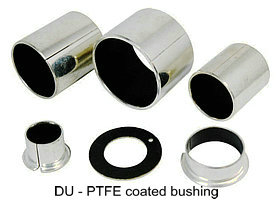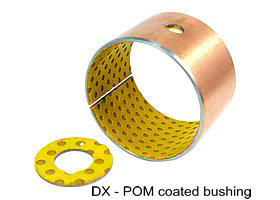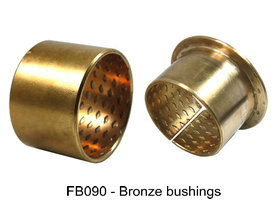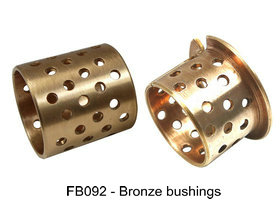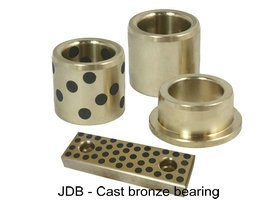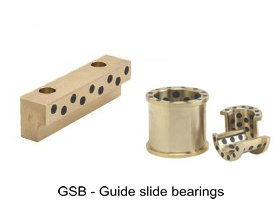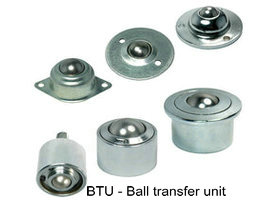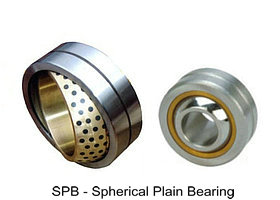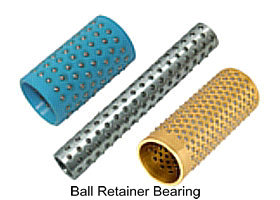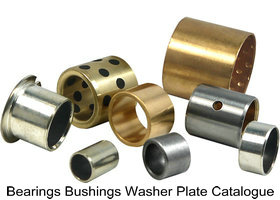Sliding bearings are bearings that work under sliding friction. The sliding bearing works smoothly, reliably and without noise. Under the condition of liquid lubrication, the sliding surface is separated by lubricating oil without direct contact, and friction loss and surface wear can be greatly reduced. The oil film also has a certain vibration absorption capacity, but the starting friction resistance is relatively large.
There are many types of sliding bearings, and the manufacturing materials, use conditions and importance are quite different, so the requirements for lubricants are different. Next, I will introduce how to choose the lubricant of sliding bearing?
grease:
1. Features: No fluidity, a film can be formed on the sliding surface.
2. Applicable occasions: low-requirements, difficult to frequently supply oil, or low-speed heavy-duty and swinging bearings.
3. Selection principle:
·When the pressure is high and the sliding speed is low, choose a variety with a smaller penetration;
·The dropping point of the grease used should generally be about 20-30 higher than the working temperature of the bearing to avoid excessive grease loss during work.
·In a water-drenched or humid environment, calcium-based or aluminum-based grease with strong waterproof performance should be selected.
·Sodium-based or complex calcium-based grease should be used at higher temperatures.
lubricating oil
1. Features: Good fluidity, can form dynamic pressure, static pressure or boundary film boundary lubrication film.
2. Applicable occasions: incomplete liquid sliding bearings and completely liquid lubricated sliding bearings.
3. Selection principle: Mainly consider the viscosity of lubricating oil.
·High speed and low pressure, the oil viscosity should be lower;
·At high temperature, the viscosity should be higher; at low temperature, the viscosity can be lower.
Solid lubricant
1. Features: A solid film can be formed on the sliding surface.
2. Applicable occasions: occasions with special requirements, such as places where clean environment is required, in vacuum or high temperature.
3. Common types: molybdenum disulfide, carbon-graphite, polytetrafluoroethylene, etc.
4. Method of use: coating, bonding or sintering on the surface of the bearing bush; making a composite material, relying on the lubricating properties of the material to form a lubricating film.
